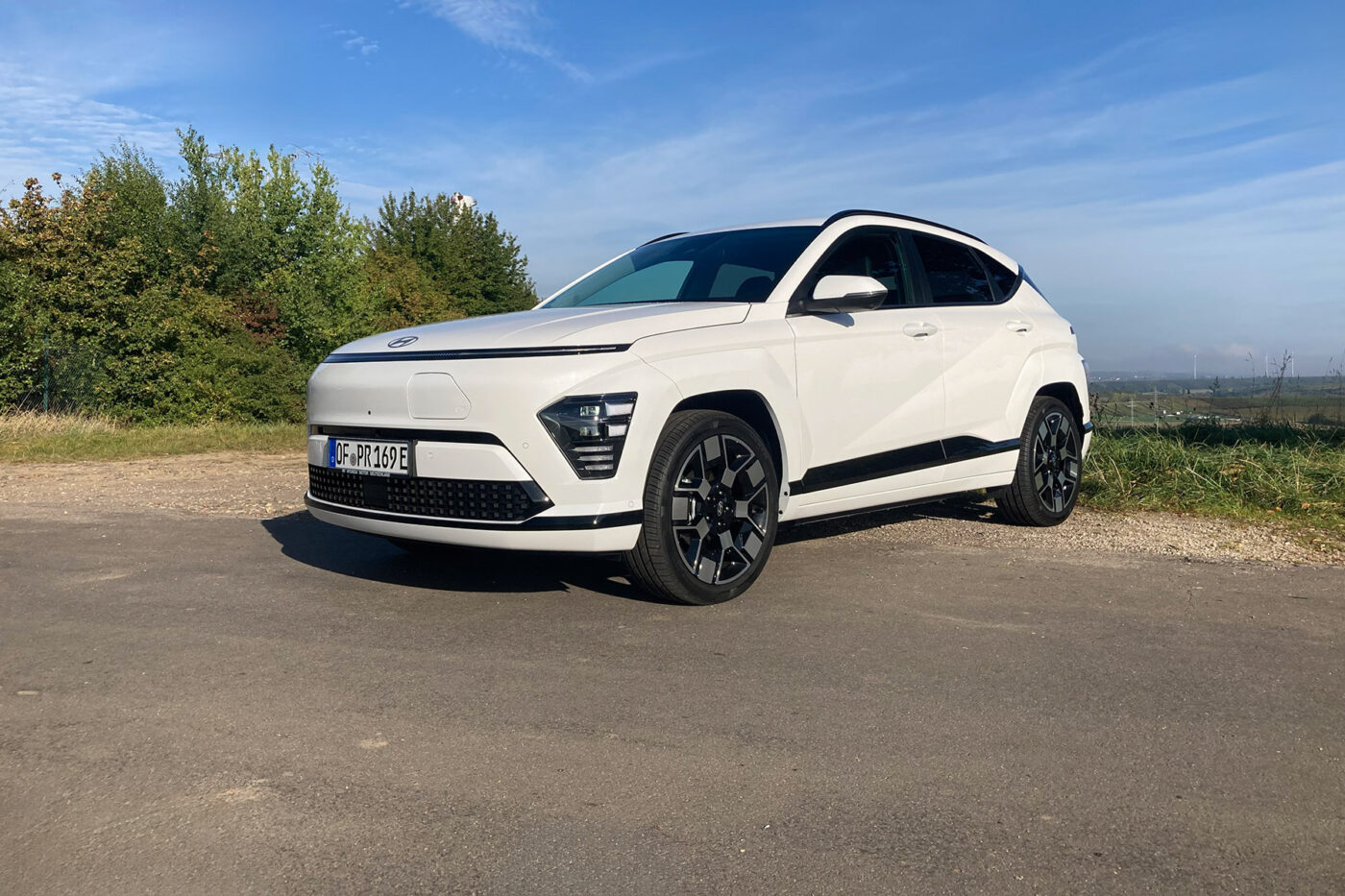
Successful generation change: First drive in the new Hyundai Kona Electric
With the Kona Electric, Hyundai offered one of the first electric cars with a range of more than 450 kilometres for less than 50,000 euros – and a 64 kWh battery in the B segment is still a rarity. Since the first electric Kona was also highly efficient, the small 39.2 kWh battery was sufficient for most fleet customers with a fixed (short-distance) driving profile. As the features were also adequate, it is hardly surprising that the small SUV has become Hyundai’s best-selling model in Europe. Across the continent, almost 60 per cent of these were purely electric, while it even managed to reach 88 per cent in Germany.
The second generation has been available since early October, however, Jürgen Keller, Managing Director for Hyundai Germany, does not want to publicly reveal concrete sales expectations. Given the key data of the new model, he is confident that the new Kona can surpass the first generation’s sales figures.
On paper, the top version of the electric drive has changed relatively little. Instead of 150 kW of power, the front engine now offers up to 160 kW. The battery grows minimally from 64 kWh to 65.4 kWh, but the DC charging power increases to a (still modest) 102 kW. Since the drive is more efficient, the WLTP range increases from 484 to 514 kilometres. The basic version of the electric Kona has benefited much more from the generation change: The power increases from 100 to 115 kW, and the new battery with 48.4 kWh (instead of 39.2 kWh) has gained disproportionately more energy content than the top model. That means that 377 kilometres are now possible according to WLTP. Previously, the maximum was 305 kilometres – and in practice significantly less. The DC charging power for this battery is 74 kW. These are all small but noticeable improvements.
The design will polarise more
The changes on the outside are much more significant than on the powertrain itself. The futuristic look with the continuous LED light strip (in most trim levels) and the pixel look known from the Ioniq 5 will likely polarise much more than the predecessor’s rather plain design. While design is known to be a matter of taste, it is indisputable that the second Kona is larger. The width increased by 2.5 centimetres, the wheelbase by six centimetres – and it is a whopping 15 cm longer, corresponding to almost half a vehicle class. With its 4.35 metres, the Kona hangs roughly between the B and C segments, although the boundaries in this area are fluid anyway. Fifteen centimetres more length results in significantly more space, which, according to Keller, prospective buyers of the first generation repeatedly asked for, especially regarding rear legroom and the boot. However, those who loved their Kona mainly because of its compact dimensions should have a close look at whether the larger model still fits their needs before switching to the new one.
For customers who previously criticised the size of the boot, however, the model change is good news: in the standard configuration, the EV holds 466 litres up to the rear parcel shelf. And with the rear seats folded down, the Kona can fit up to 1,300 litres, 40 per cent more than before. There is also a 27-litre frunk under the front bonnet, which should be enough for the charging cable. In our test car, the charging cables and the tyre-fit kit were stowed in the storage compartment under the boot floor – this works, too, but is not as easy to reach when packing luggage. In addition, the Kona Electric has its charging port at the front. So it makes sense to stow the charging cable in the frunk.
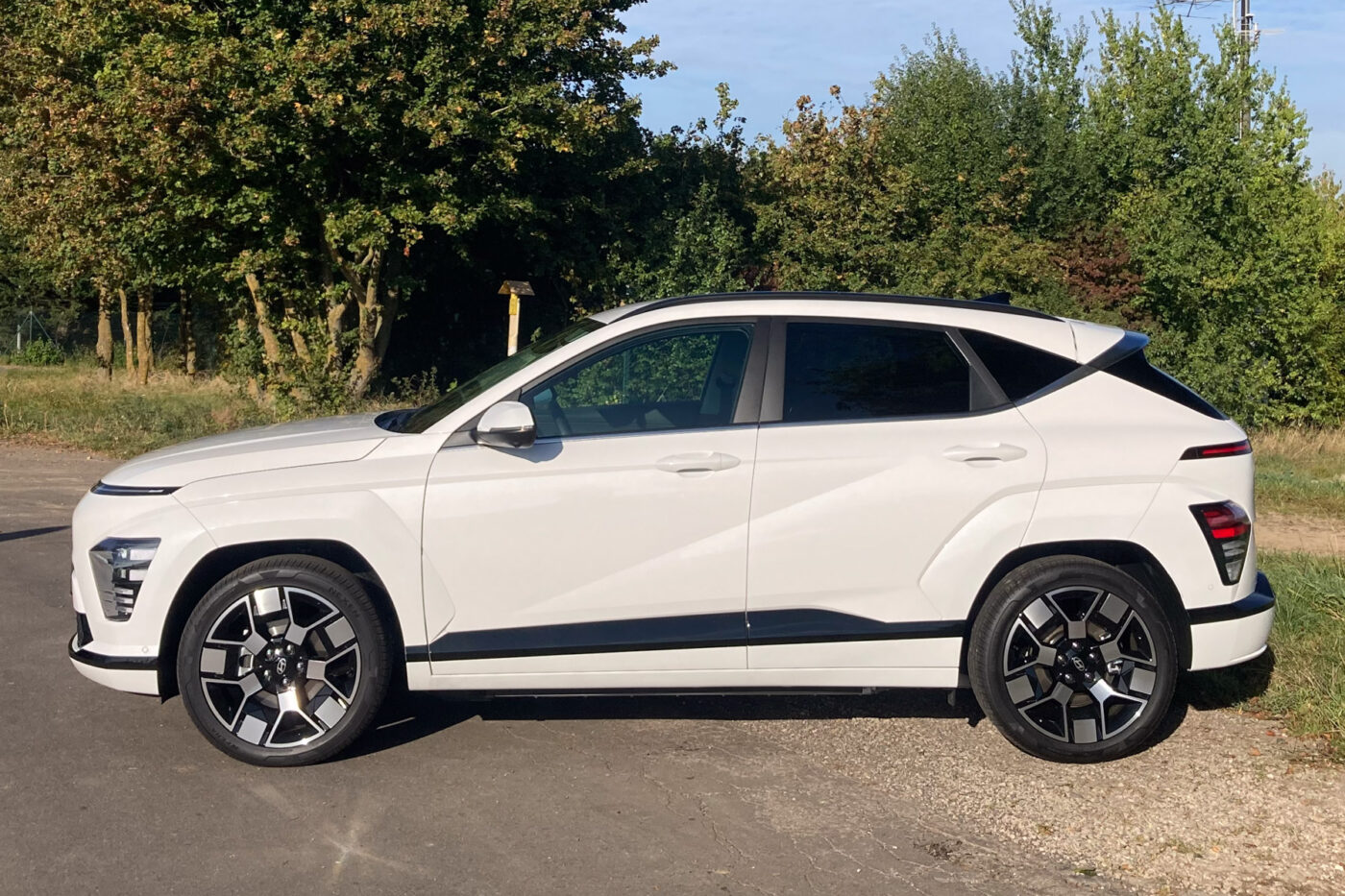
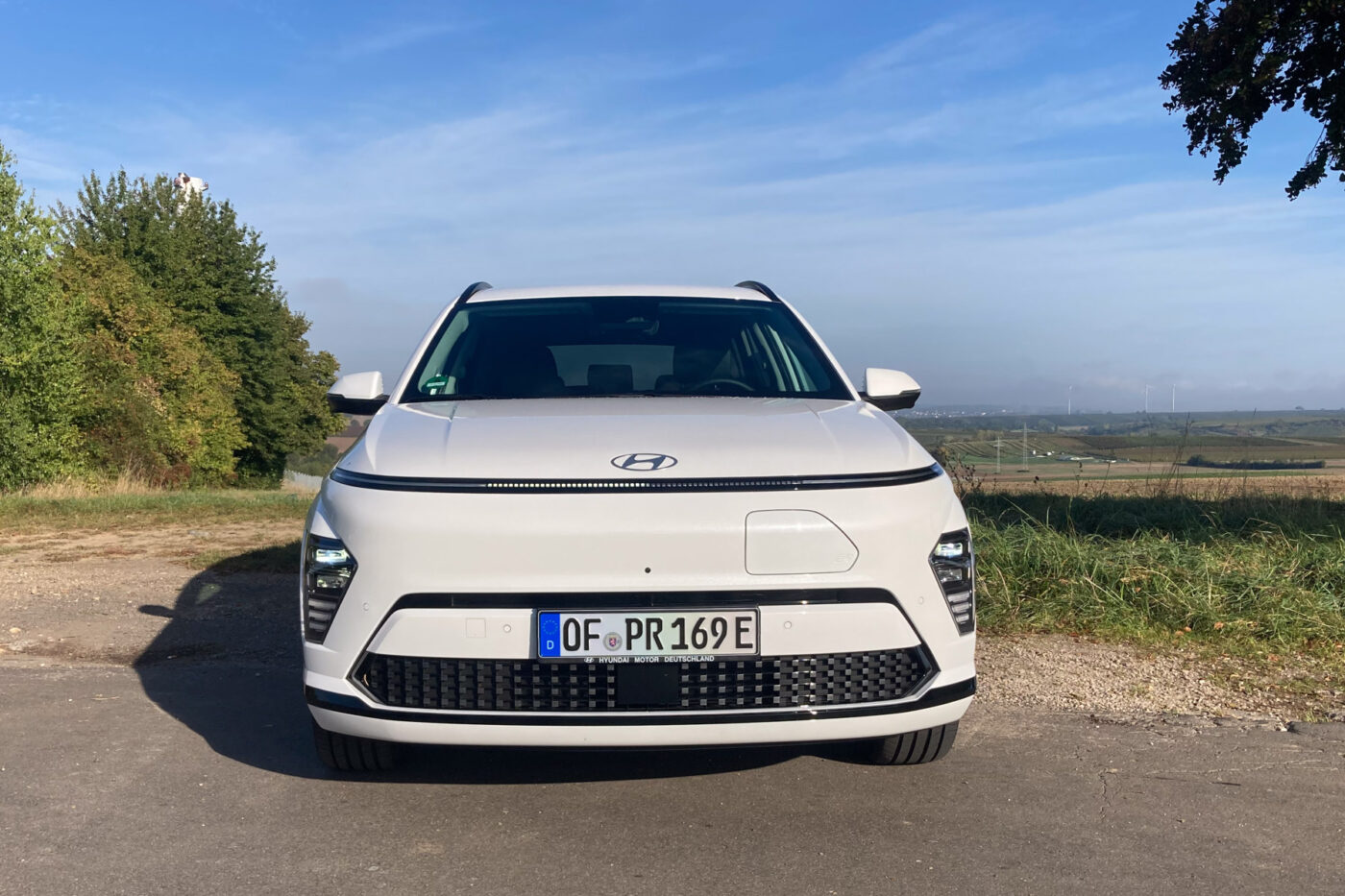
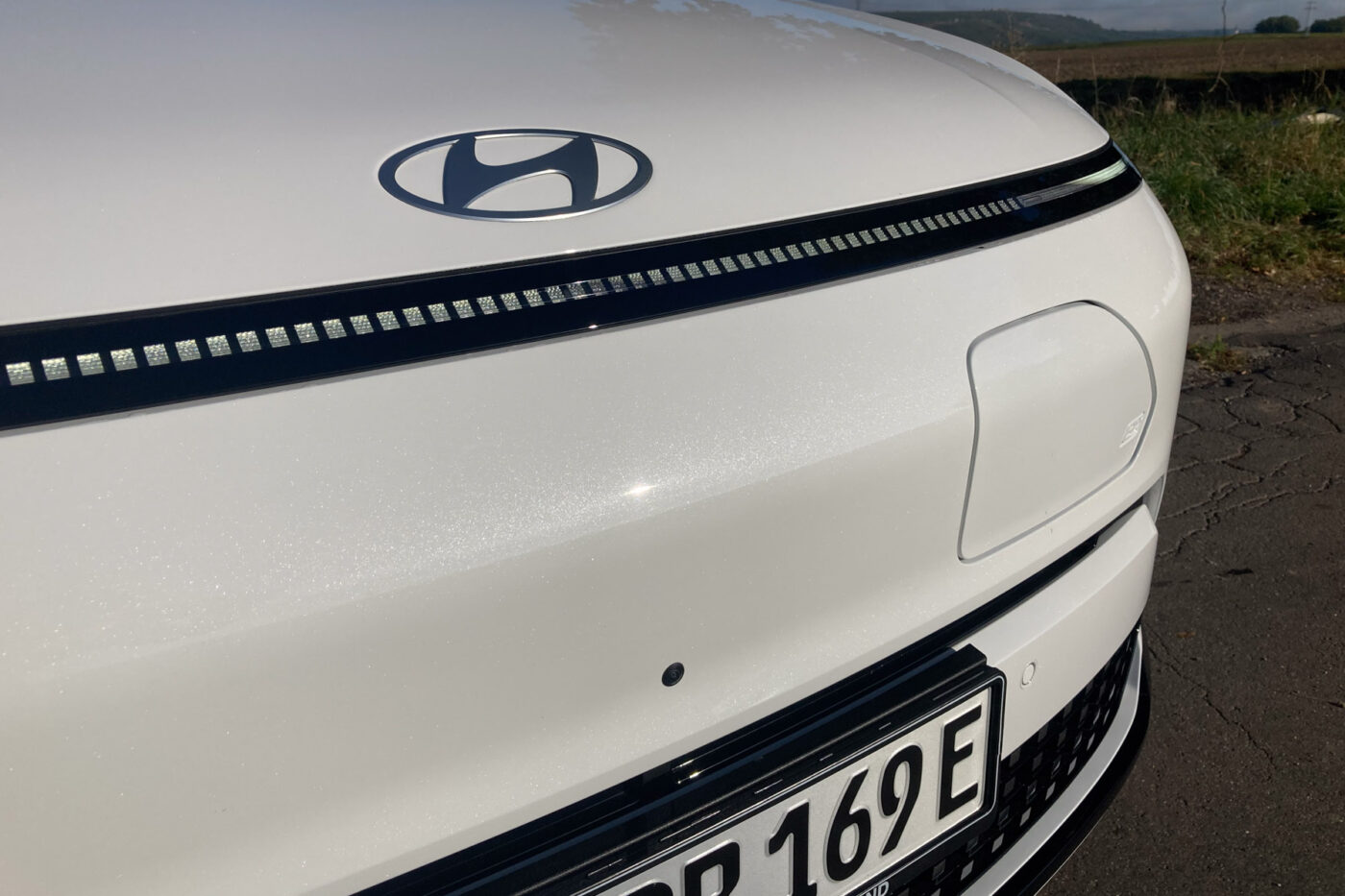
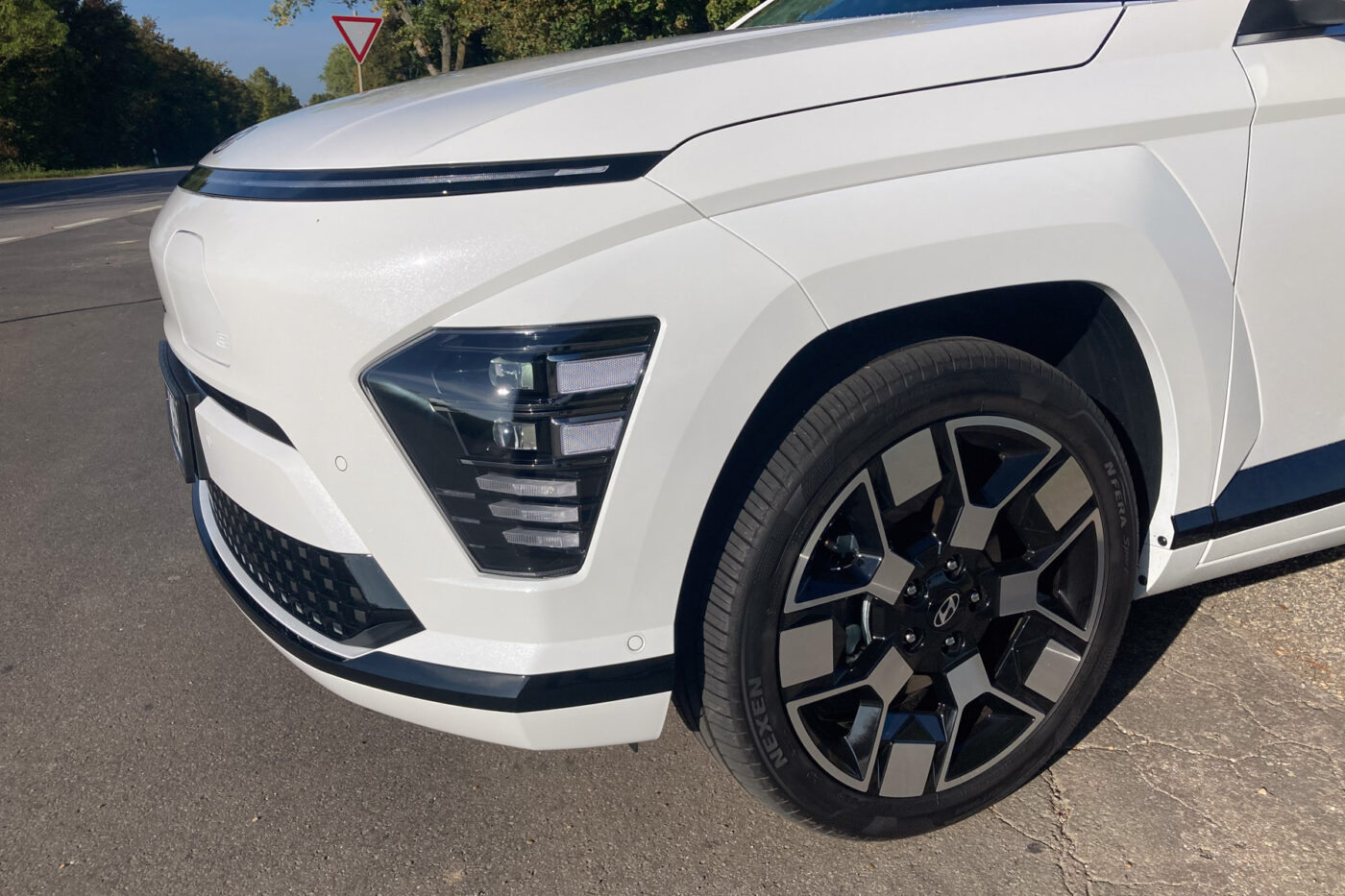
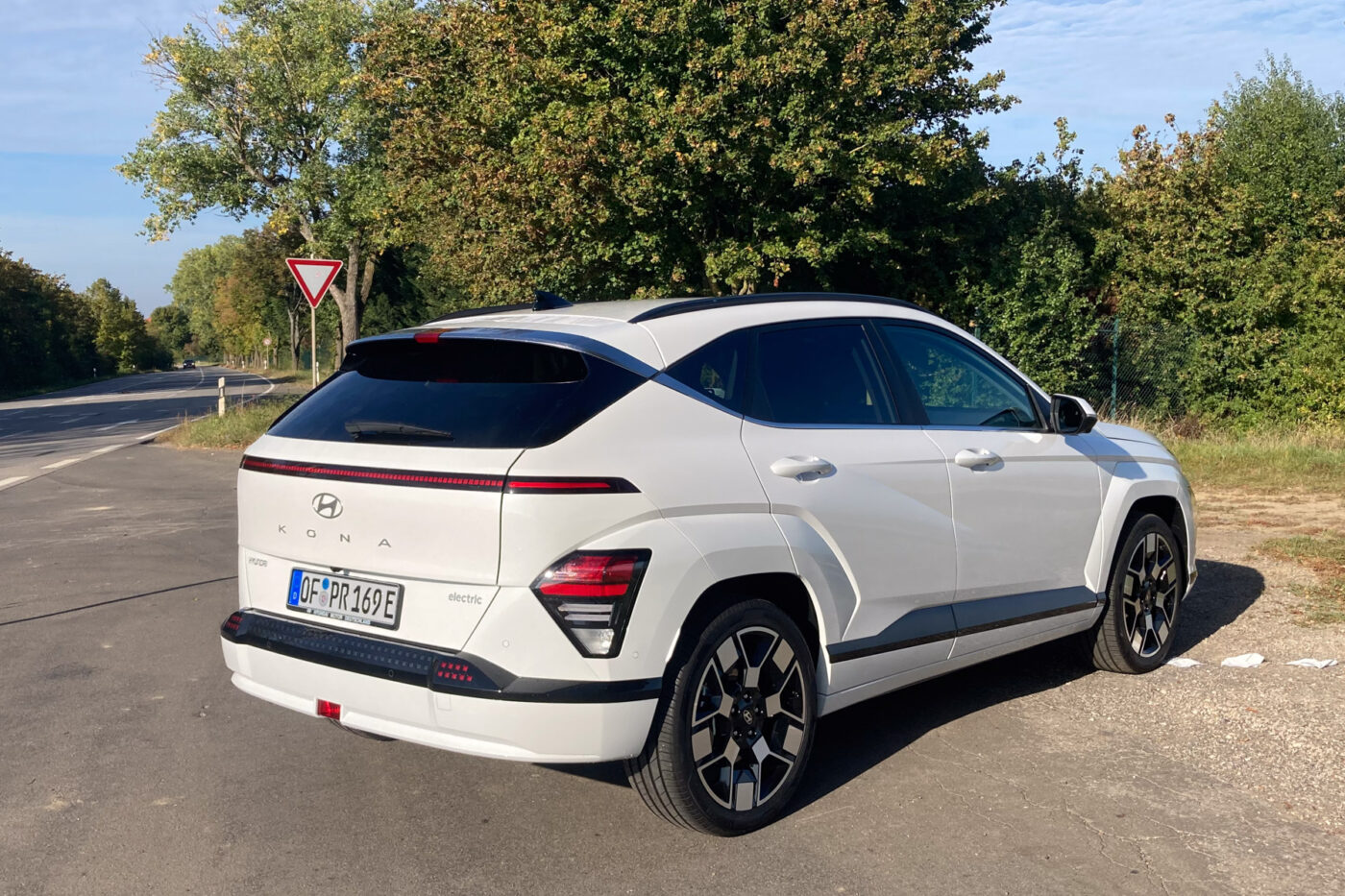
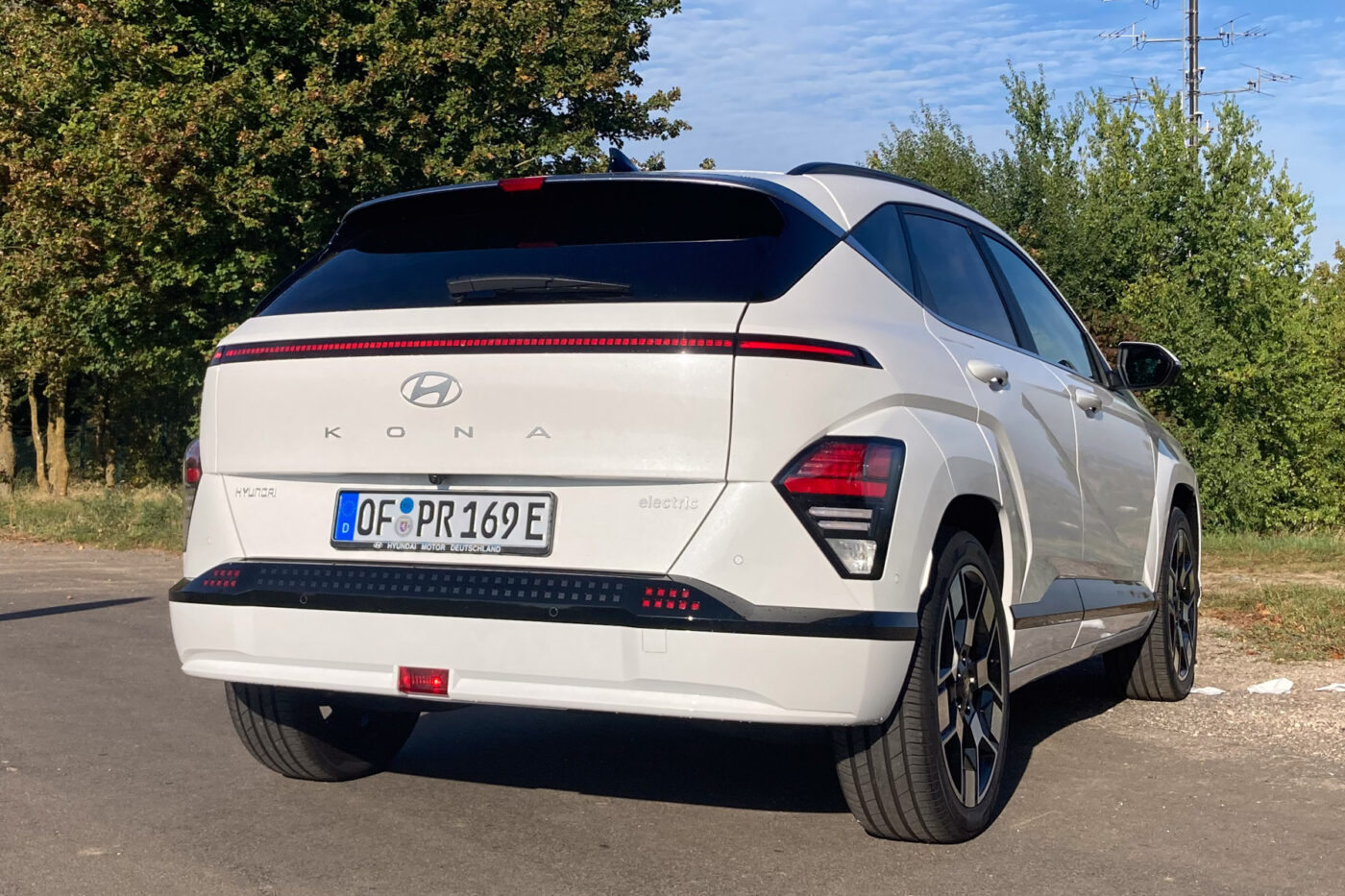
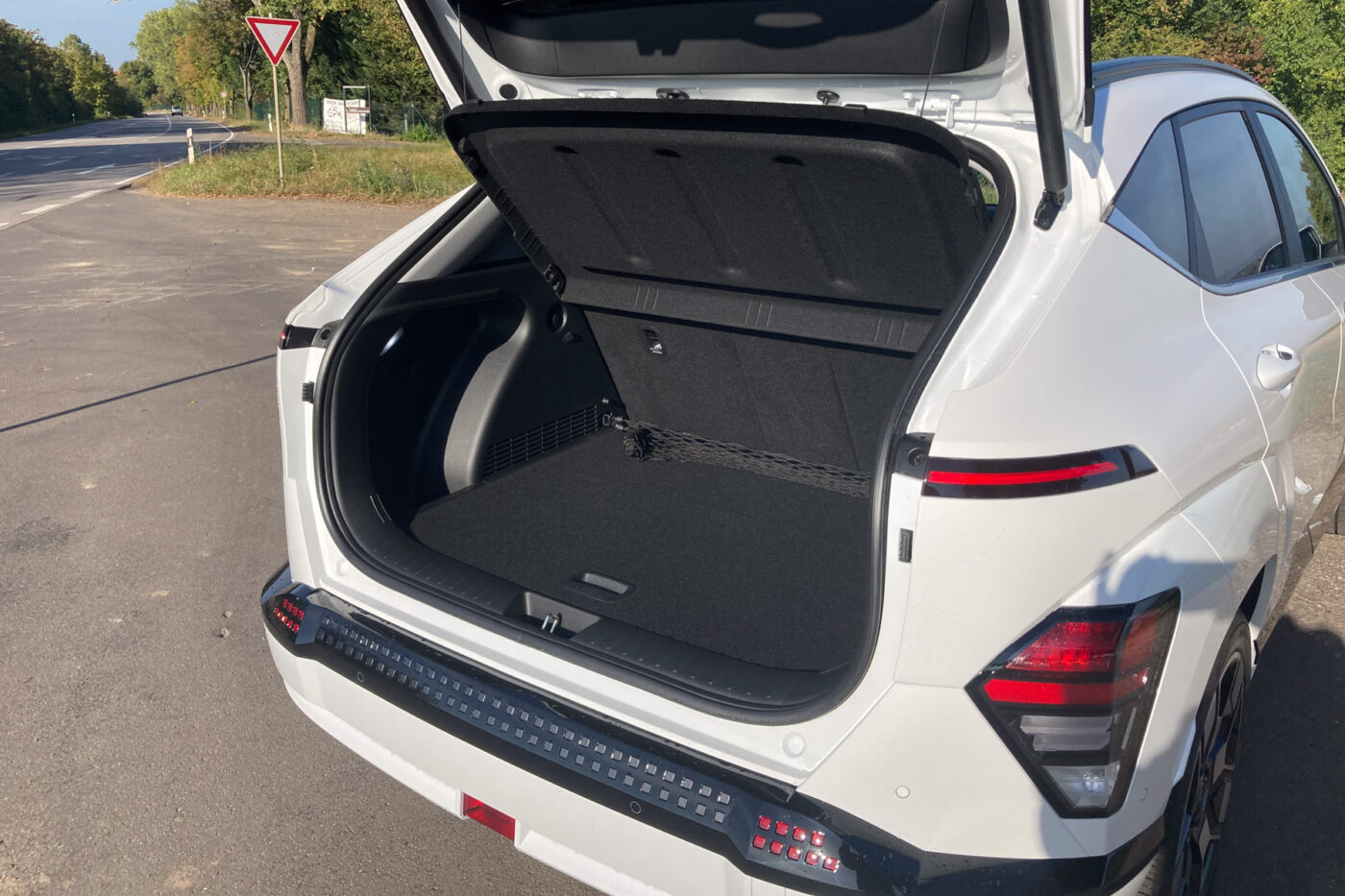
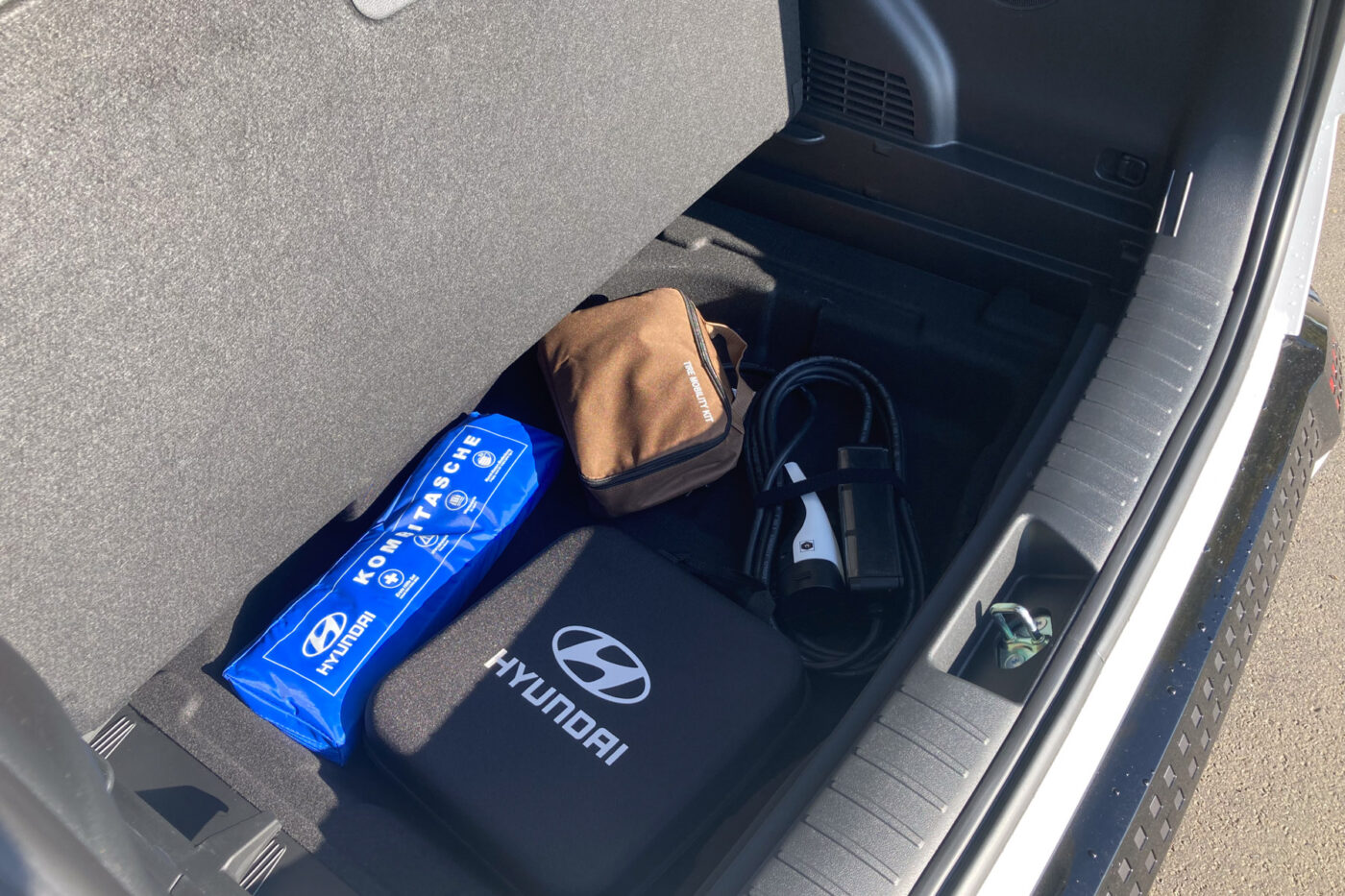
One small catch: like a classic bonnet, the frunk must be unlocked by a lever in the interior and a second safety lever on the bonnet itself. That is not possible via app or key. On the other hand, Hyundai has significantly improved the locking system itself. In addition to the classic remote key, the Kona is now equipped with a digital key in the premium Prime version. Up to three people (or their smartphones) can be added to the profile. The device can remain in the trouser pocket when opening the door, and the vehicle can also be started this way. Since there is also a key card in credit card format (hold it against the door handle to open the door, place it in the smartphone charging cradle to start the car), the bulky key can be left at home.
60 per cent battery
Since we just mentioned the test car: In our case, it was a 160 kW model with the large battery, painted in a mineral effect white called “Atlas White.” In addition, the car had the top-of-the-range Prime equipment, which costs an extra 5,700 euros for the Kona Electric – with the test car, Hyundai naturally wants to show what features are possible. However, Keller assumes that more than half of the Kona Elektro customers will opt for the 2,200 euro Trend equipment and only about one-third for the Prime. The remaining 15 per cent will stick with the (extensive) standard equipment. As far as the drive systems are concerned, 60 per cent will opt for the large battery and 40 per cent for the small battery, Hyundai predicts.
The range of functions in the Prime equipment is indeed remarkable. The charging hatch can be heated, there is a head-up display, a heated steering wheel, heated front seats and the Assistance Package 1, the Efficiency Package (heat pump and Type 2 charging cable), the electric tailgate and the V2L Package. In addition, the Prime comes with the aforementioned Digital Key.
The Kona Electric comes with full LED headlights, a 12.25-inch touchscreen, a 12.25-inch speedometer display and, for the first time in the Kona Electric, an EV route planner that automatically adds charging stops and preconditions the battery beforehand – alternatively, the battery heater can also be activated manually. The vehicle-to-load function (via an adapter from the charging port or via the 220-volt socket in the interior) costs an extra 550 euros in the basic equipment, but is already included in higher-quality versions.
But the EV route planner still has a big catch: currently, the software calculates all charging stops up to 100 per cent* charge level (SoC) – which is, of course, unrealistic for long distances and when using a fast-charger and thus does not result in a usable arrival time. On a calculated test route from the German region of Rheinhessen to the capital city Berlin, the system wanted to schedule two charging stops up to 100 per cent SoC – with a total duration of 2:40 hours for 592 kilometres.
*Editor’s note: Hyundai has since responded to our enquiry, stating that there is a remedy. A software update is available that allows the SoC value to be set manually upon arrival at the charging station – Hyundai recommends setting a value between 70 and 80 per cent. Since the test cars were the first production cars built, the update had yet to be applied. All customer cars will receive the update before delivery.
We won’t be able to conduct a detailed test of the Kona Electric with its new charging power and charging curve until later (with a realistic charging plan), but the assumption is that you won’t have to charge for so long for a trip to Berlin. By the way, the planned charging locations made sense; many operators also have real-time data on occupancy.
Exact consumption figures for the city and motorway will only be available after extensive testing. But the tendency is that the Kona is still one of the more efficient EVs. On country and interstate roads in the Mainz-Bingen district, the onboard computer showed 15.5 kWh/100km after 70 kilometres in double-digit plus temperatures. Even though the second generation is more efficient on paper, this value would also have been possible with the first Kona Electric – at least in my opinion. By the way, we used 14 per cent of the battery for those 70 kilometres – which makes a calculated range of 500 kilometres.
Noise comfort noticeably improved
The tuning of the drive seems more balanced: The Kona has lost 255 Nm of torque (and thus its electric punch when accelerating) but has gained in driveability in everyday driving. There are still four driving modes: Eco, Normal, Sport and Snow. The engineers have also retained the Hyundai-typical control of recuperation via the paddle shifters on the steering wheel – a very pleasant feature.
After only a few metres, you notice that gen-two is much quieter than its predecessor. Hyundai doesn’t mention the insulation but that the new chassis has been optimised for acoustic behaviour. Comfort has also gained somewhat. The new steering, which has been fine-tuned, also contributes to the improved driving feel. Here, too, the improvements are small but noticeable.
Apart from the 100 per cent bug in route planning, the same can be said about the rest of the software. Regarding infotainment, Hyundai relies on entirely new software in the new Kona, which is a real step forward with large tiles instead of the small app-like icons for operation. In addition, features such as the animated third-person view of the vehicle have been carried over from the Ioniq 5 – a real rarity in the Kona’s class. Since voice control has also been expanded, the new Kona currently has the best system in Hyundai’s range – not the more expensive 800-volt Ioniq 5 and Ioniq 6, which will presumably receive the latest software for the next model year. Hyundai has not yet confirmed whether existing vehicles will be updated.
Although the software is much better, the 12.25-inch touchscreen in combination with numerous buttons remains. With the ‘Media’ or ‘Map’ button, individual functions can be called up quickly. But since there is also another climate control unit with additional buttons and the bar with the USB-C charging sockets is also relatively small, the result is a jagged cockpit. Fans of a reduced Tesla cockpit may not be convinced. But those who still like their quick-select buttons will probably feel comfortable with the Kona.
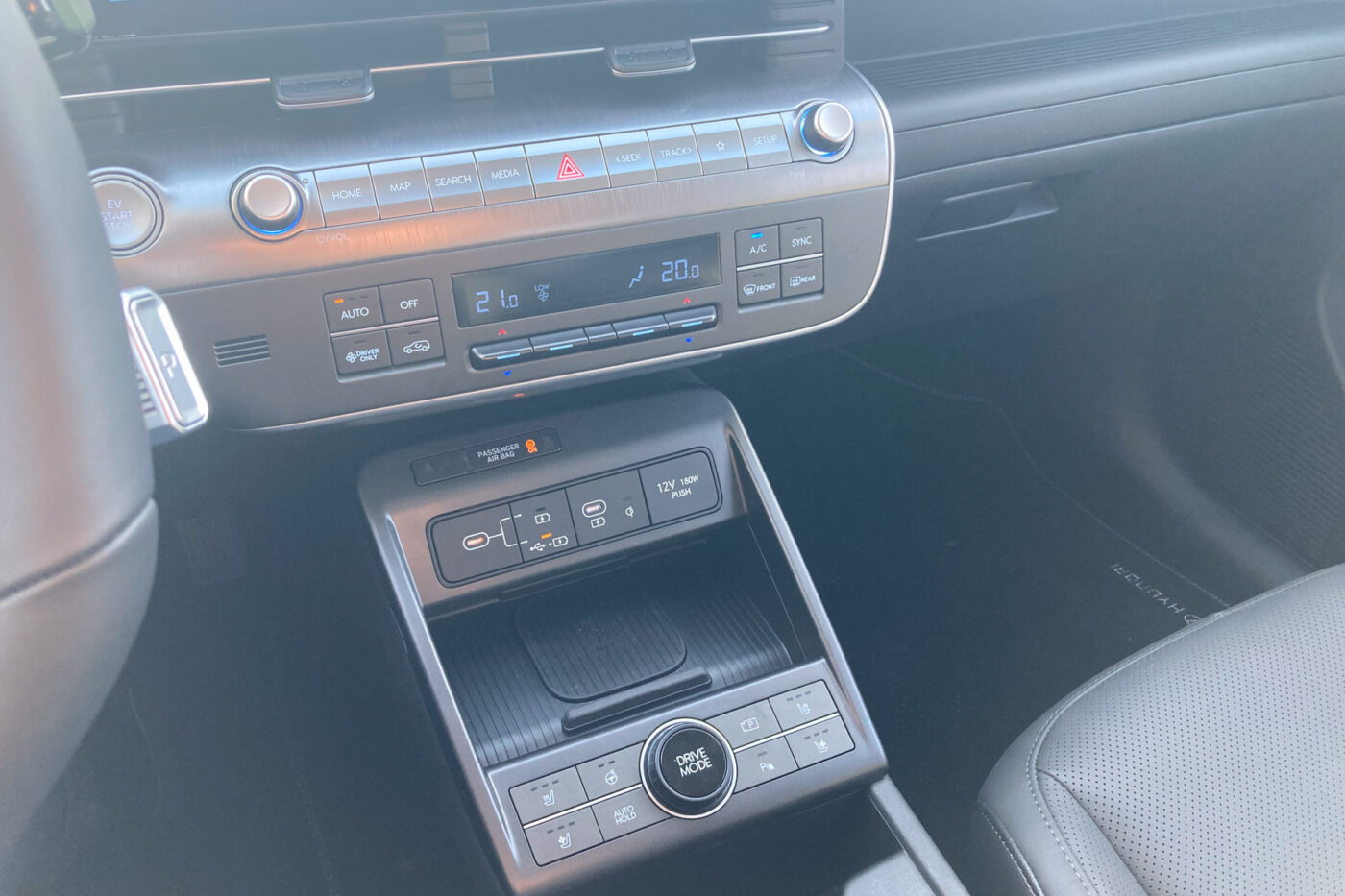
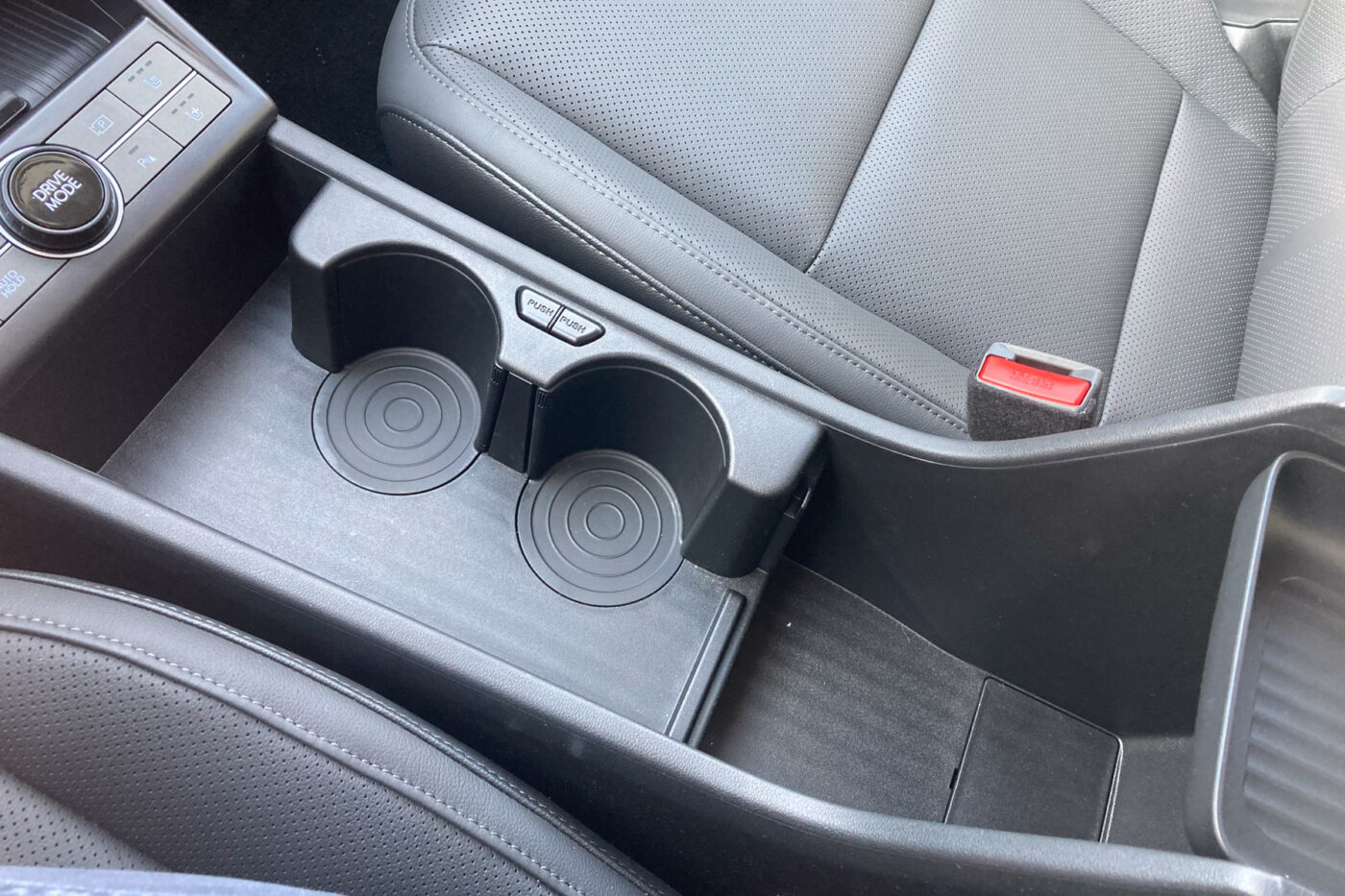
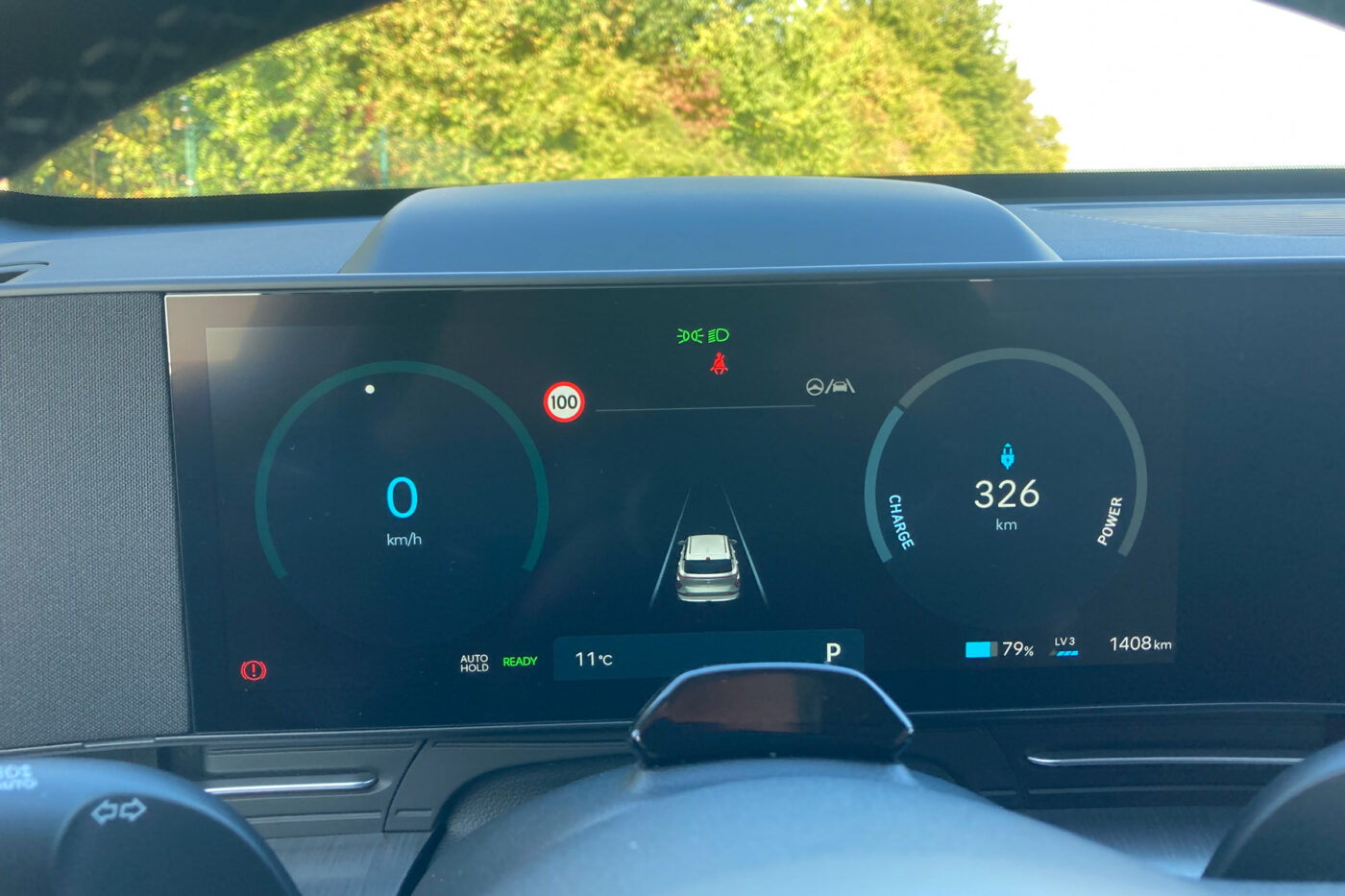
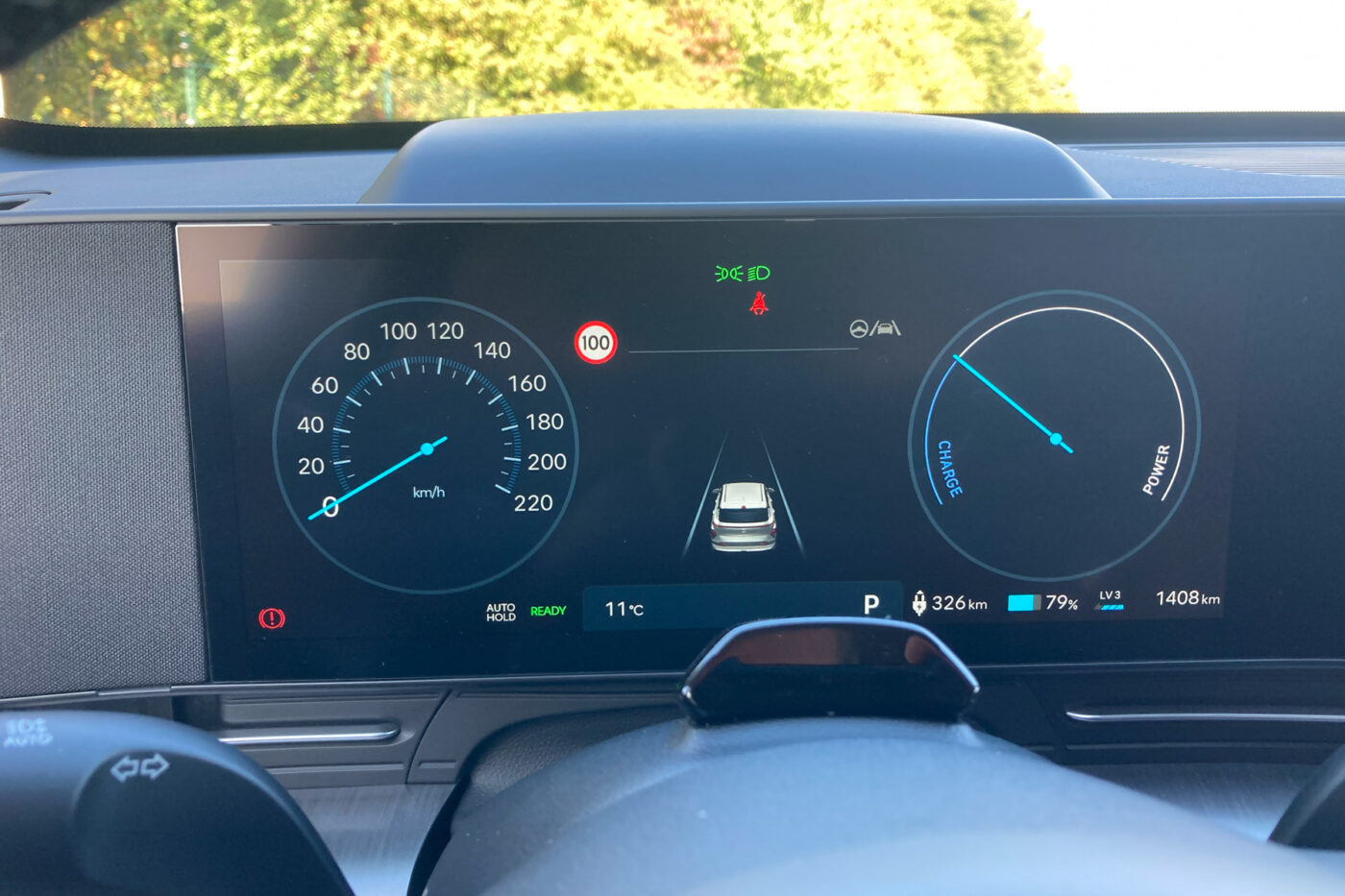
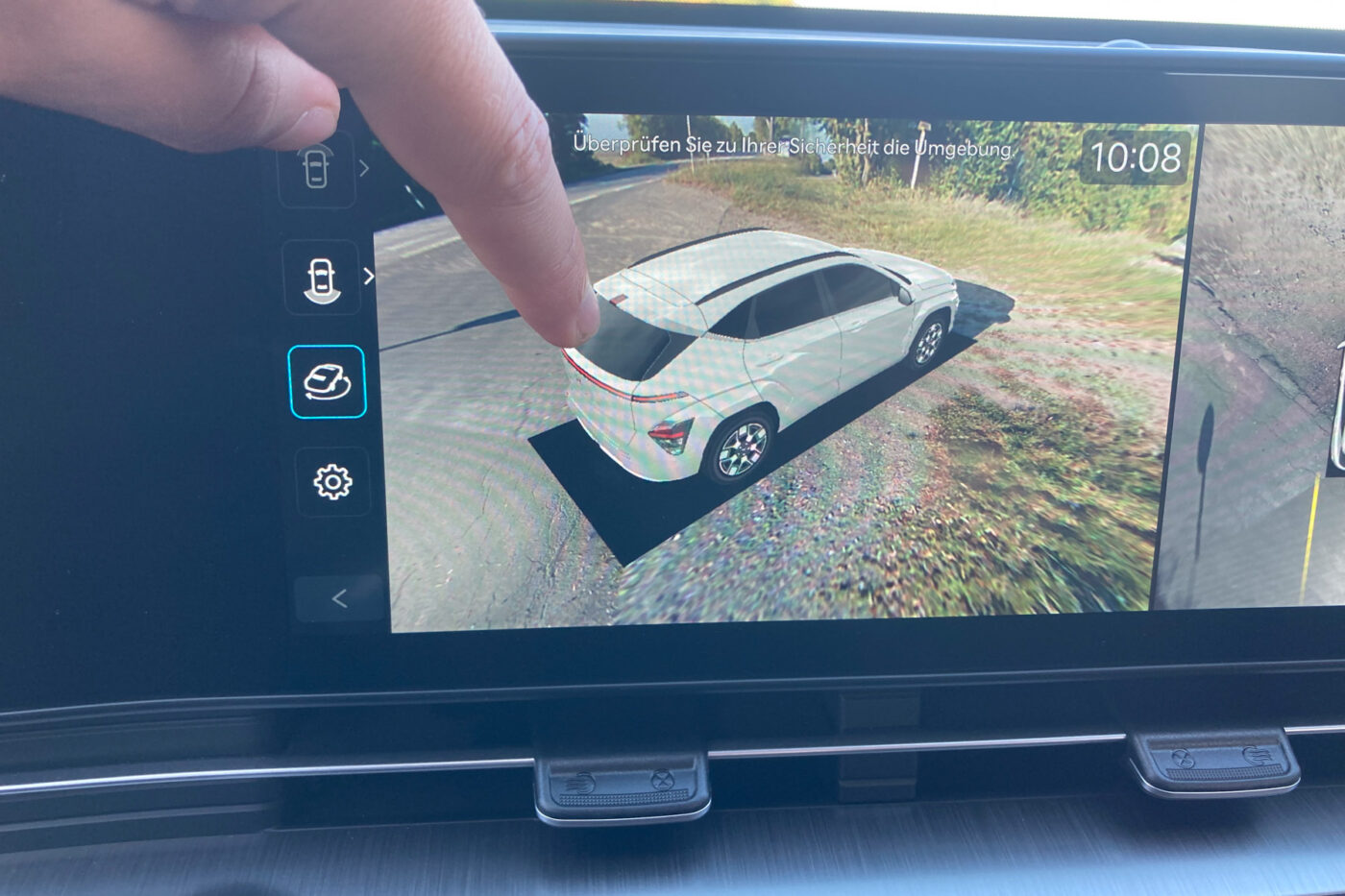
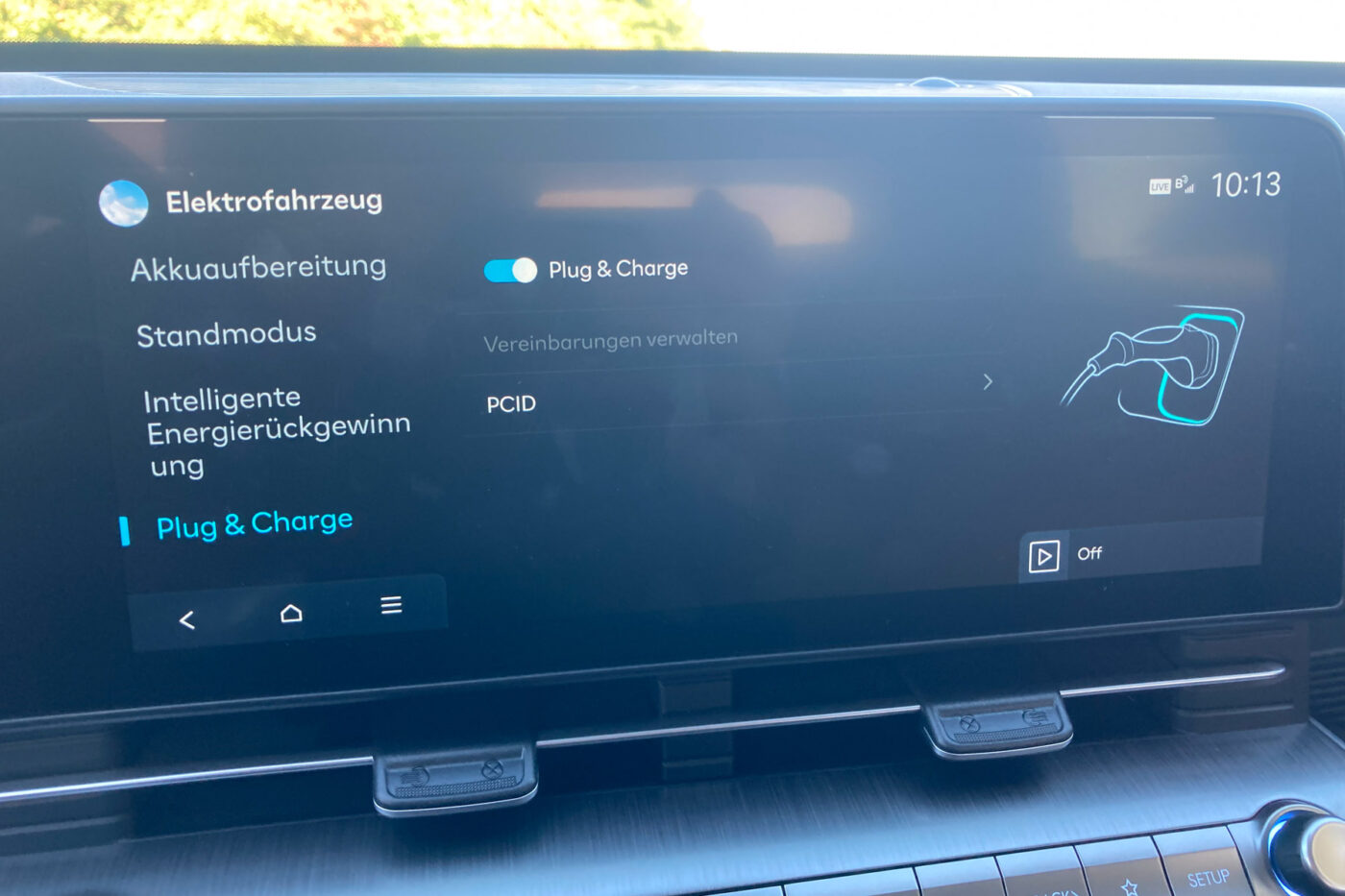
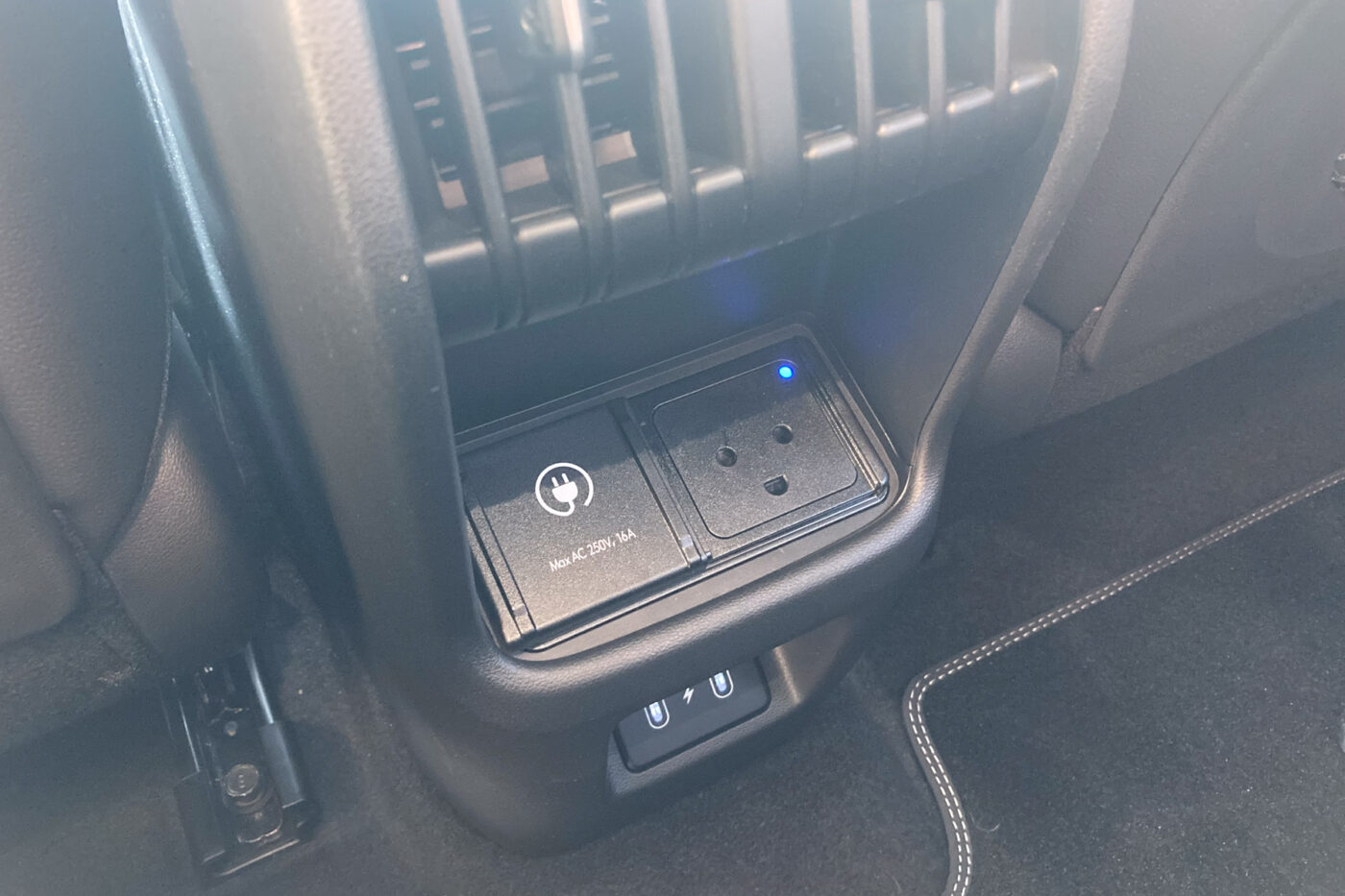
The Hyundai Kona beeps (too much)
One point that should be mentioned (and will probably be found in many car reviews of future Hyundai models) is the assistance systems. The Kona Electric comes standard with a navigation-based adaptive cruise control system, the Highway Drive Assistant 1.5 (version 2.0 costs extra), and the Intelligent Speed Limit Assistant or ISLA. Instead of being limited to a display of the detected traffic sign in the head-up display or the cockpit display, it announces each detected speed limit with a ‘beep’. If you exceed the detected speed limit only minimally, it will inform you with another beep. Unlike the Ioniq 6, the Kona with the new software offers the option of switching off the beep and limiting the system to a display only – but the next time you start the vehicle, the beep is active again. The function is currently hidden so deep in the menu that it takes at least five actions on the touchscreen to deactivate the beep each time you get in the car. Apparently, the function reflects the carmaker’s philosophy of safety. It is unlikely that it can be switched off permanently, even after a software update.
While the beeping is annoying, if it causes drivers to drive 49 rather than 55 kph (or even more) in cities or 30 in a 30 kph zone, it makes it safer for everyone, including the driver. Every kph less can significantly shorten the braking distance.
All in all, Hyundai has to improve its traffic sign recognition (in combination with stored map data) – because if the system recognises a speed limit where there is none at all, the assistant is unjustifiably annoying. And an assistance system whose instructions the driver has learned to ignore is ineffective.
Moreover, I question the extra beep when the vehicle detects a new speed limit. If the car recognises a new speed limit with the motorway assistant 2.0 and independently adjusts the speed, a beep is entirely justified. However, if you drive yourself (and keep to the speed limit), you will still be beeped at unnecessarily. And not just a little: if you turn off a country road at 70 kph, for example, the car beeps and reports that 100 kph is permitted. However, the driver has already seen the following 70 kph sign 100 metres away and does not accelerate to 100 kph. Although the permitted speed has not changed, the car beeps twice to alert the driver of the 70 kph sign.
Back from the assistance systems to the Kona itself: The fact that the second generation is more grown-up is also evident from the centre console. In the first generation, the electric version of the Kona still had a free-floating centre console – simply because you could do that with an EV. It was quite nice, but the storage compartment underneath was hard to reach. In the second generation, there is only one large and easily accessible storage compartment. Since the cupholders can be turned in and the small divider between the two compartments can be removed, customers can choose how large the storage compartment should be. It is always within easy reach. That also applies to the inductive smartphone charging tray, which can still be reached even when cups or bottles are in the cupholder. Even some larger and more expensive EV cars have a worse solution.
Small battery from 41,990 euros, large from 47,190 euros
Hyundai wants to impress with the model itself and the values such as range, not purely with the price. In Germany, the basic version of the small EV starts at 41,990 euros. With the large battery (which we tested), the price increases by 5,200 euros. However, the 65.4 kWh battery is not available with the basic equipment. It always comes at least as a ‘Trend’ – which already costs an extra 2,200 euros for the Kona with the ‘small’ battery. Consequently, with 48.4 kWh, the Prime package costs 5,700 euros more than the base model, and with the 65.4 kWh battery, the Prime equipment still costs 3,500 euros.
The list of individual options is relatively short, but depends on the equipment chosen. For example, the V2L adapter or the electrically opening and closing tailgate can be ordered separately for the basic equipment. Options such as the glass sunroof (700 euros), the 19-inch rims, or the seat comfort package for front seat cooling (1,000 euros or 1,500 euros for leather seats), the front seat relax function, and rear seat heating are only available with the Prime equipment. The trailer coupling for a towing capacity of 750 kilograms (only with the large battery, with the small battery a maximum of 300 kilograms) is supposed to be available as an accessory, but this is not yet listed for the Kona EV in the configurator.
With all the extras, the Kona Electric, with the large battery and lavish equipment, can be configured for almost 56,000 euros, but then the vehicle leaves little to be desired. With the most common configuration, according to Hyundai, the large battery in the ‘Trend’ trim – it’s 47,190 euros without individual options.
Conclusion
The new Kona has improved in almost every detail. Thus, the model change can be considered a success. The new design may scare off one or two private customers. Fleets, however, will likely decide based on price and the appropriate technical specifications. With commercial leasing rates starting at 249 euros net per month in Germany, the electric Kona could also match the success of its predecessor in company fleets – promotion or not.
Translation by Carla Westerheide

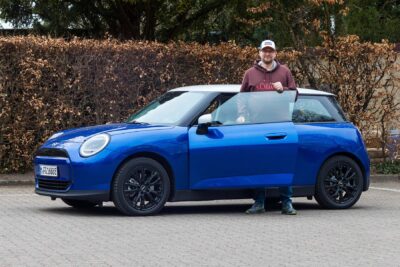
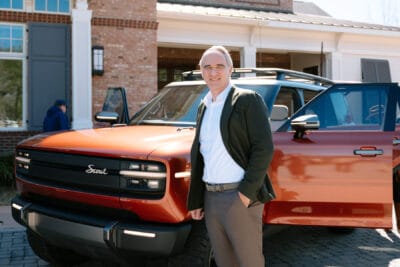
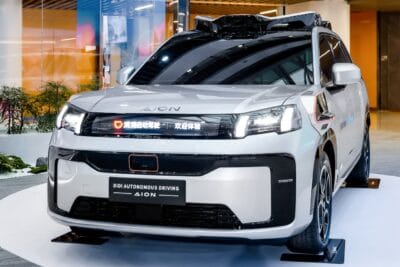
0 Comments